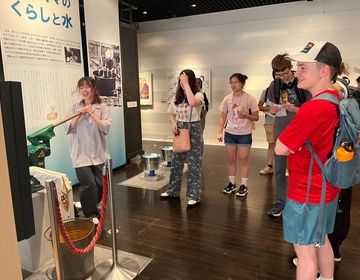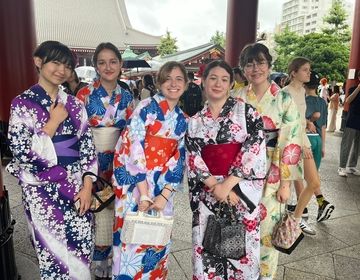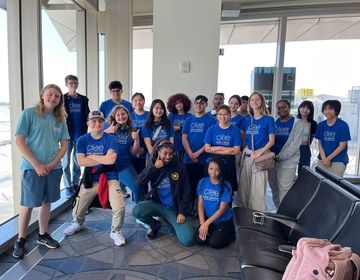Beyond The Comfort Zone: Forging Interpersonal and Intercultural Connections
“koketsu ni irazunba koji wo ezu” is a Japanese proverb that loosely translates as “nothing ventured, nothing gained” and it adequately reflects the experiences of our scholars in week two of the Anime & Manga Tokyo program. From gaining a glimpse into the work of Japan’s leading anime illustrators and voice-over actors at the Anime Artist Academy to flexing their artistic skills at a traditional calligraphy writing workshop, the students have been immersed in experiential learning at every juncture of their journey.
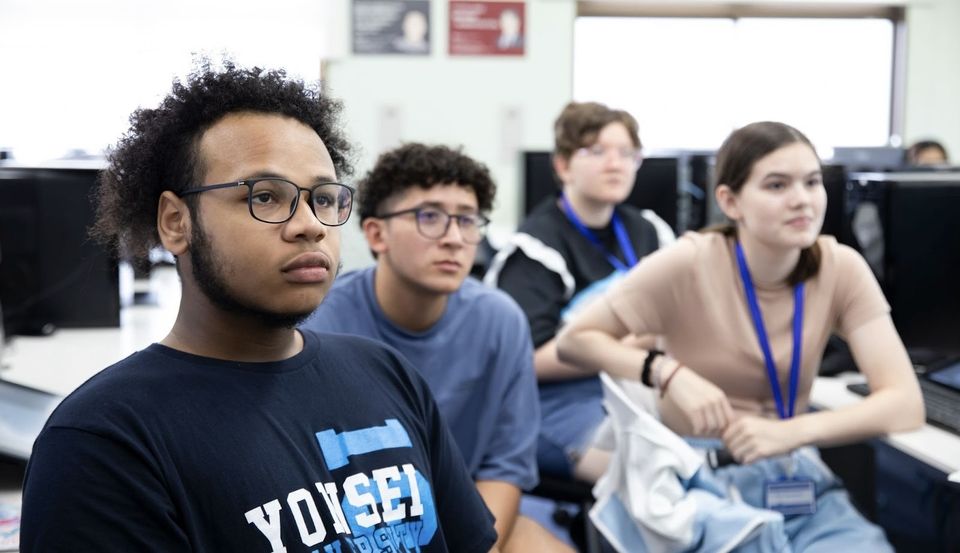
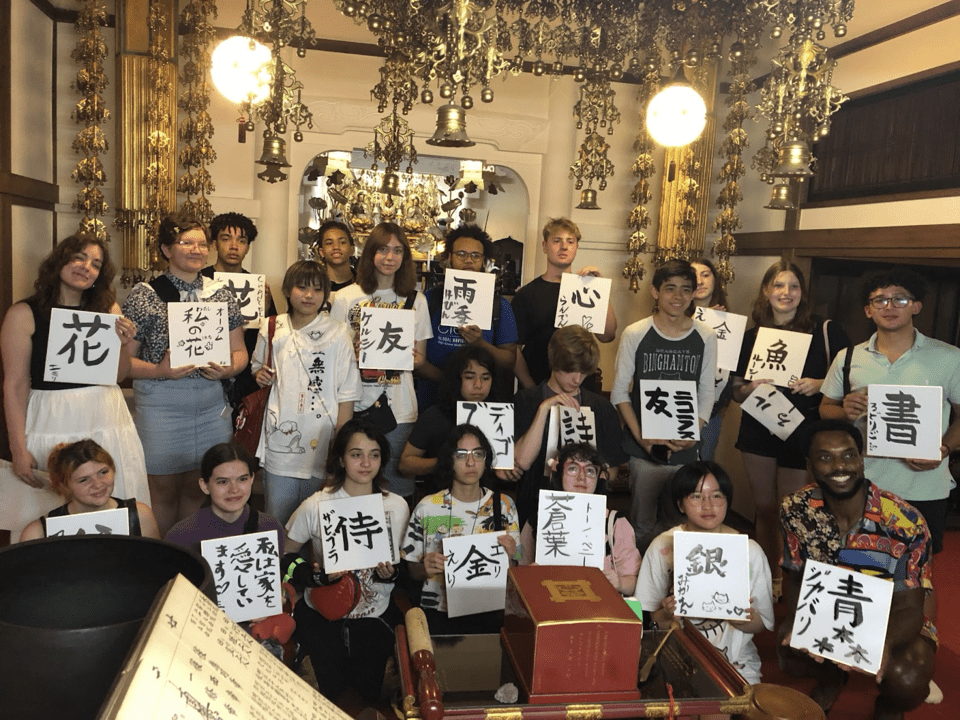
Amidst all the activity, two of the past week’s most impactful moments occurred when the students were challenged to step further beyond their social and cultural comfort zones. The first moment occurred mid-week when the entire group was deliberately engaged in a community building “speed networking” icebreaker. The motivation behind facilitating this activity at the midpoint of the program was to encourage students to forge connections with fellow participants they likely had yet to converse with. Therefore, with two rows of chairs facing each other, students were prompted to engage in conversation by responding to questions in two-minute intervals. After each question, students in one row would change chairs giving each everyone an opportunity to speak with someone different. Questions ranged from both lighthearted (“If you could be a character in any anime or movie, who would you be? And why?”) to more thought-provoking (“What is the greatest social justice issue facing your generation? And what are you doing to help solve it?”). The infectiously positive energy that permeated the Tokyo Central Youth Hostel classroom over the course of this 40 minute activity was palpable. Ultimately, students emerged with the understanding that there are more commonalities than differences between them and their peers.
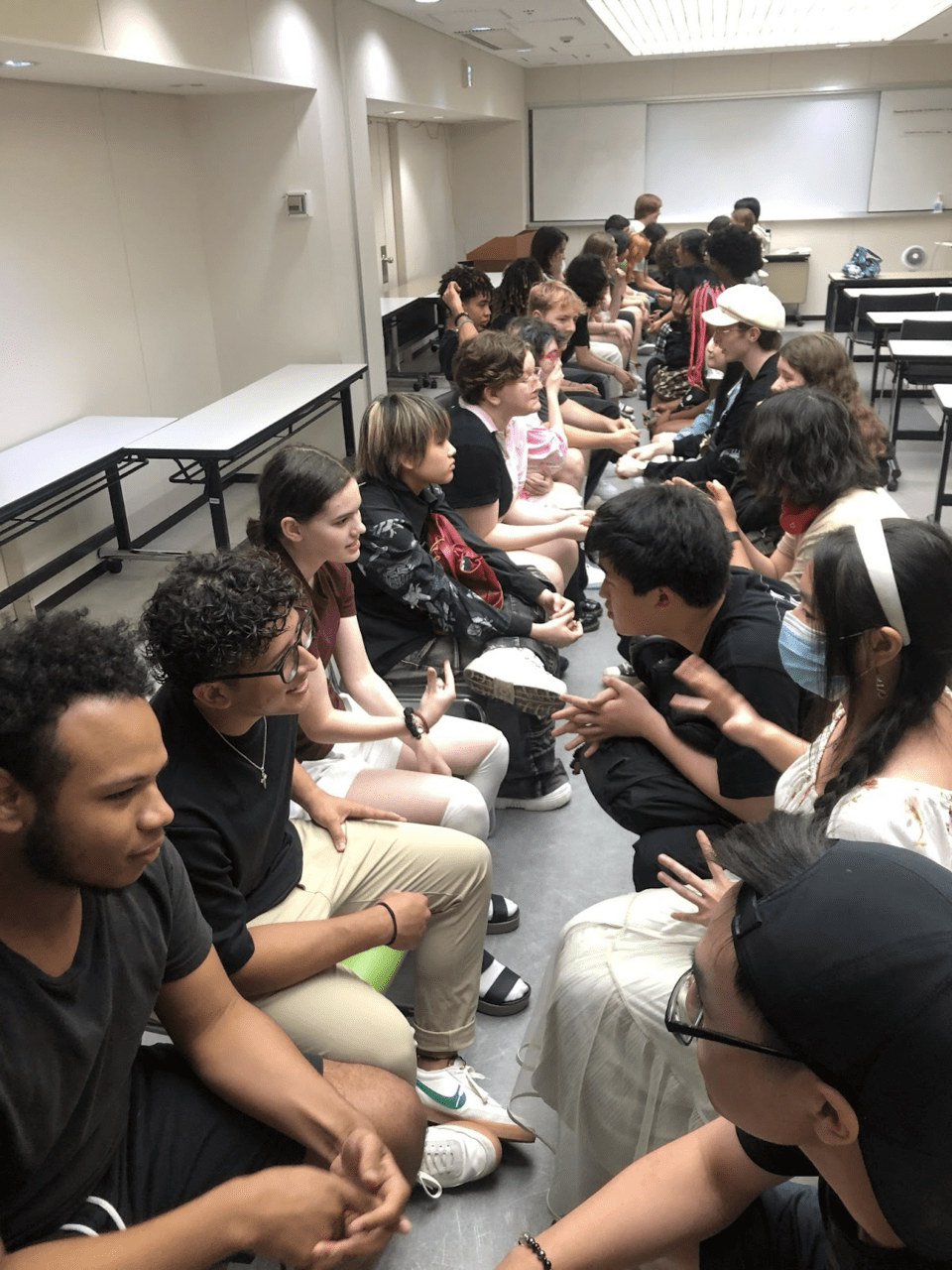
The second impactful moment occurred when the group ventured to one of Tokyo’s most beloved and traditional neighborhoods, Asakusa. In what was an extensive day of full-on cultural immersion, the students donned traditional Japanese kimonos and fundoshis being dressed individually by the kindest “kitsukeshi” (professional dressers). Following 90 minutes of preparation, which included hair styling for the girls, students were then given the opportunity to showcase their fashions while roaming bustling Nakamise Street near the ancient Sensō-ji Temple. Attracting lots of attention from onlookers (local and foreign alike), while simultaneously braving Tokyo’s unrelenting humidity, the group had ample time to explore craft shops and food stalls in clothing that is a stark contrast to their daily youthful, streetwear inspired styles.
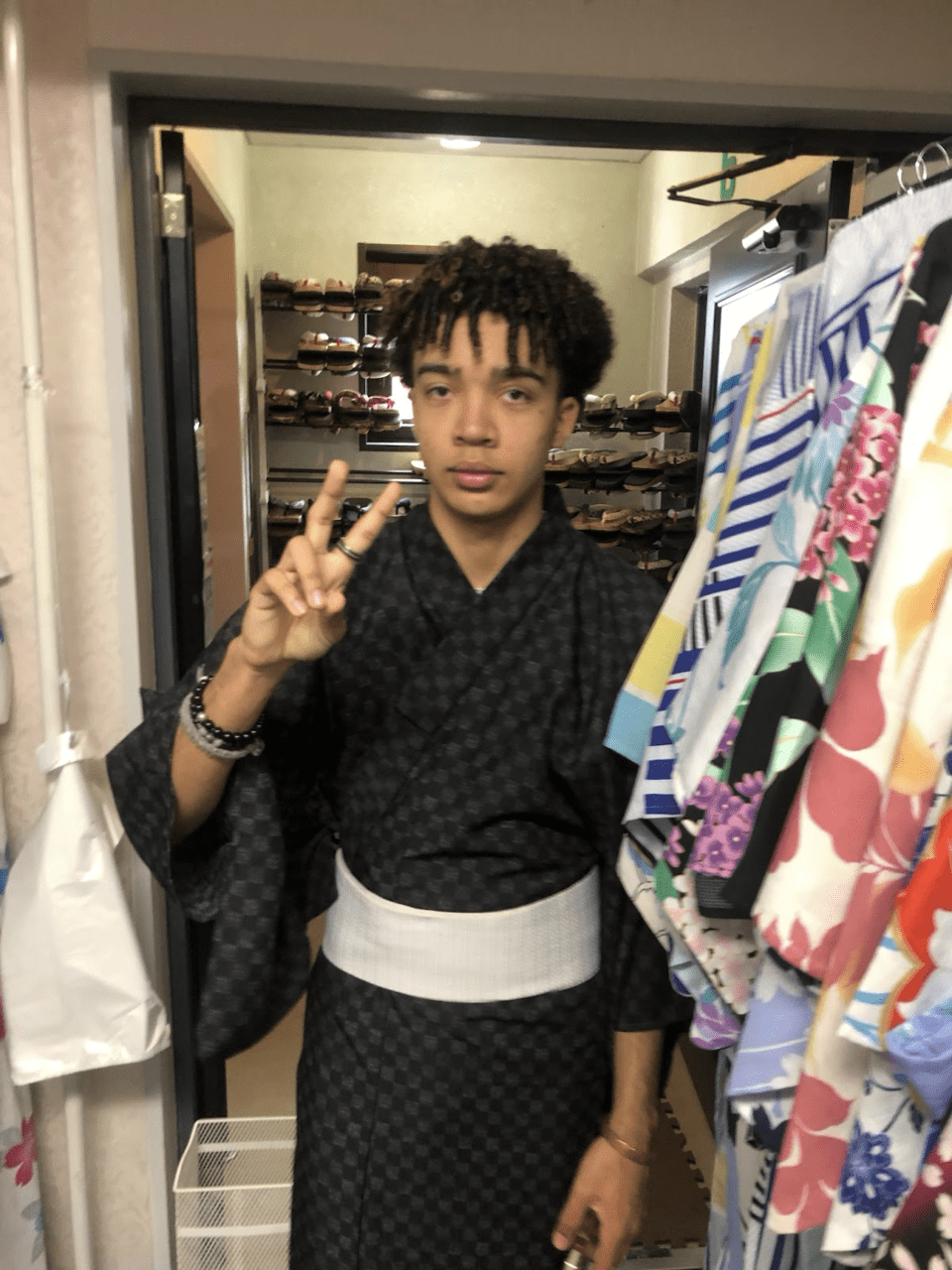
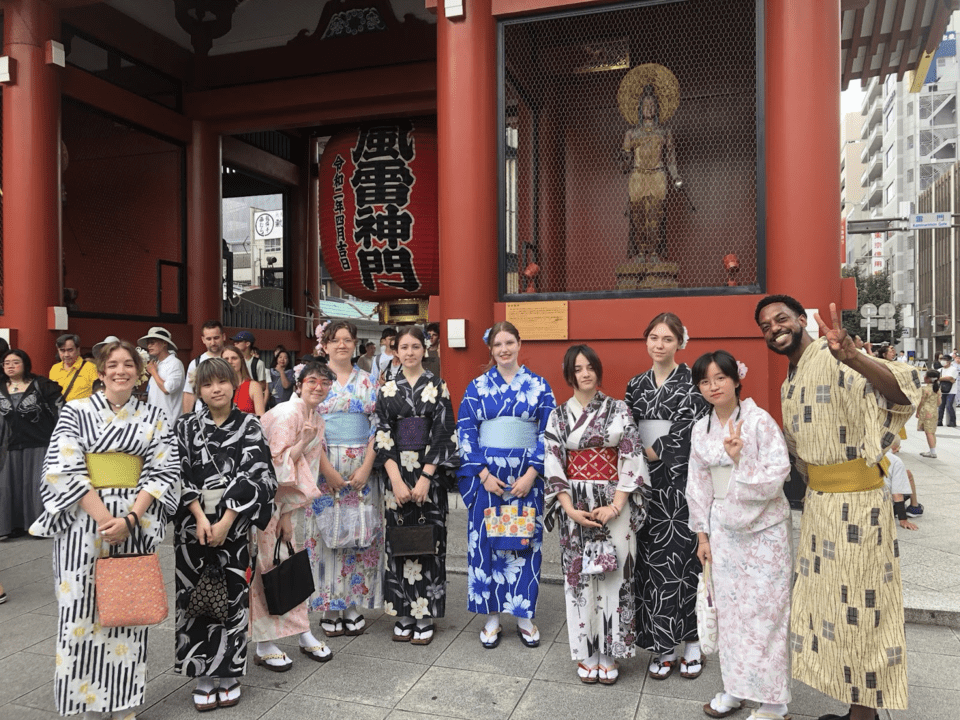
In the latter part of the afternoon, with many students still proudly wearing their kimonos and fundoshis, the group had a unique opportunity to participate in a traditional Japanese sweets-making and tea ceremony. This proved to not only be an ideal cap to a day that allowed students to further gain respect for Japan’s traditions, but also a wonderful bonding opportunity for the group who relished sharing in such an enriching experience with newfound friends from across the world.

Indeed, if week two’s growth-inducing experiences and opportunities for intercultural learnings were any indication, then the BEST is yet to come…
Related Posts
Tokyo Adventures and Beyond
Our students are already settling into Tokyo life! These past two weeks have been a whirlwind of exploration and learning. From navigating the train system like pros to savoring delicious... keep reading
Tokyo Time Travelers!
Our Tokyo Global Navigators have gotten this week off to a strong start exploring Tokyo's culture and history! On Saturday they journeyed into the future of science and technology with... keep reading
Together in Tokyo
38 Global Navigators have come together in Tokyo, Japan! After their arrivals, the students were taken to their new home for the next 3 weeks, a hostel located in Iidabashi... keep reading
